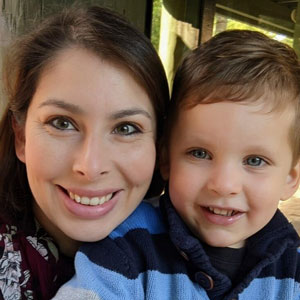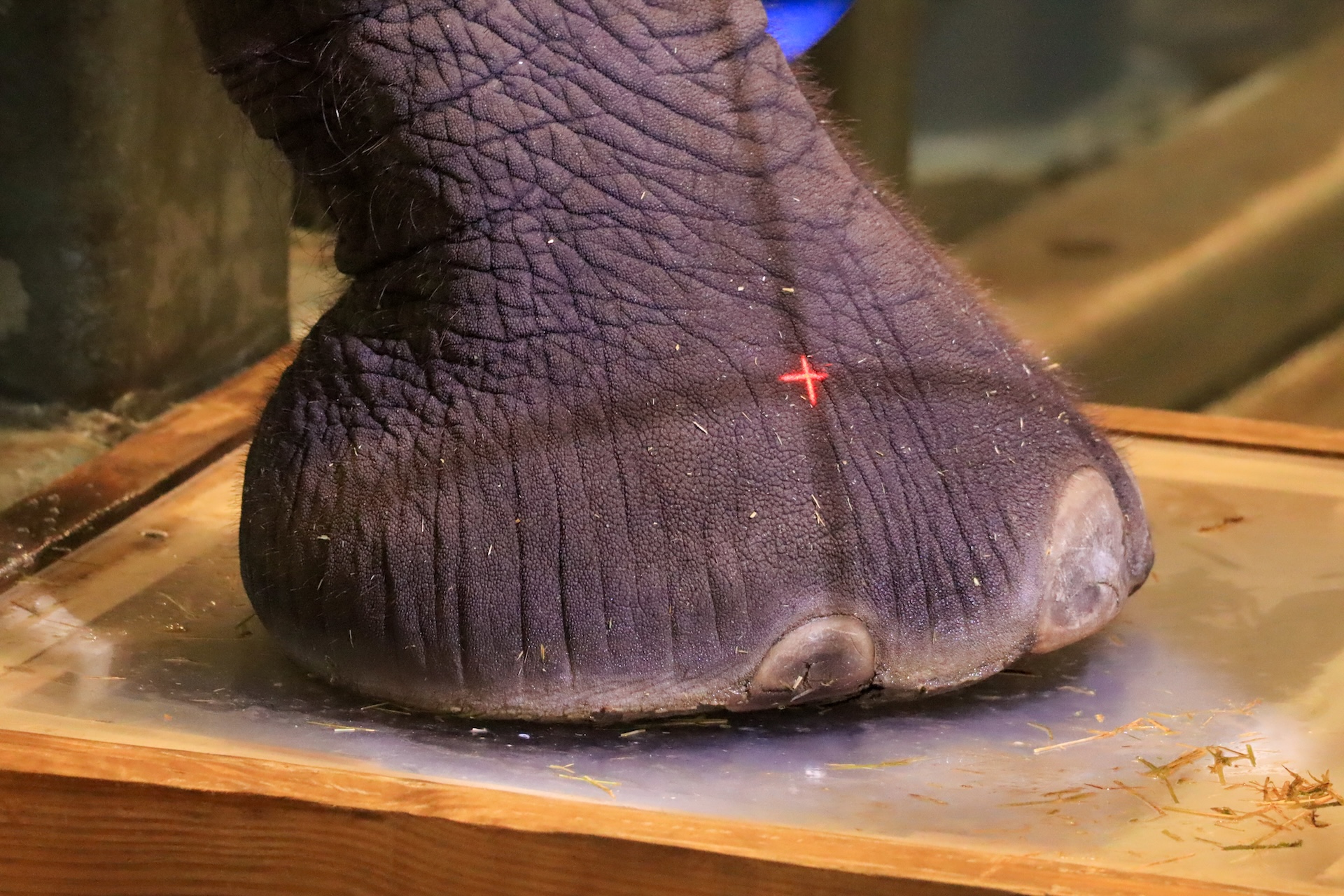At Disney’s Animal Kingdom, the care and wellbeing of animals are top priorities. This includes the African elephants, whose massive feet play a critical role in their mobility and overall health. On World Elephant Day, Disney shared an inside look at how their veterinary team uses advanced radiographs (X-rays) to ensure the elephants’ feet remain in excellent condition. Here’s a closer look at this fascinating process and the incredible care these majestic animals receive.
Why Focus on Elephant Feet?

The Importance of Healthy Feet
Elephants are among the largest land animals, with adults weighing between 6,000 and 13,000 pounds. Their feet bear this immense weight, making foot health essential for their comfort and mobility. Radiographs allow veterinarians to:
- Examine bone alignment and growth.
- Monitor for any signs of injury or abnormalities.
- Develop customized care plans to address specific needs.
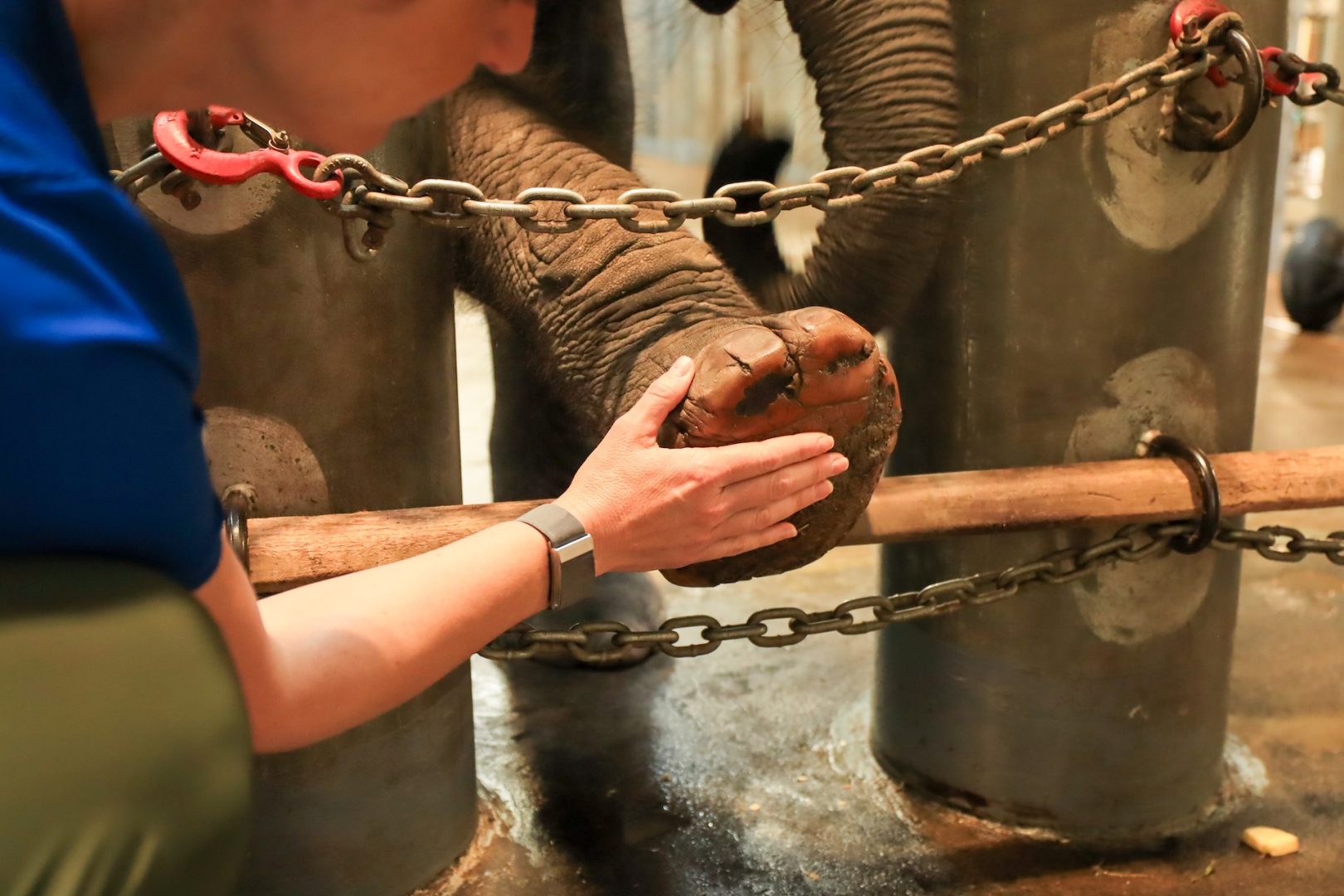
Voluntary Participation: A Trust-Based Approach
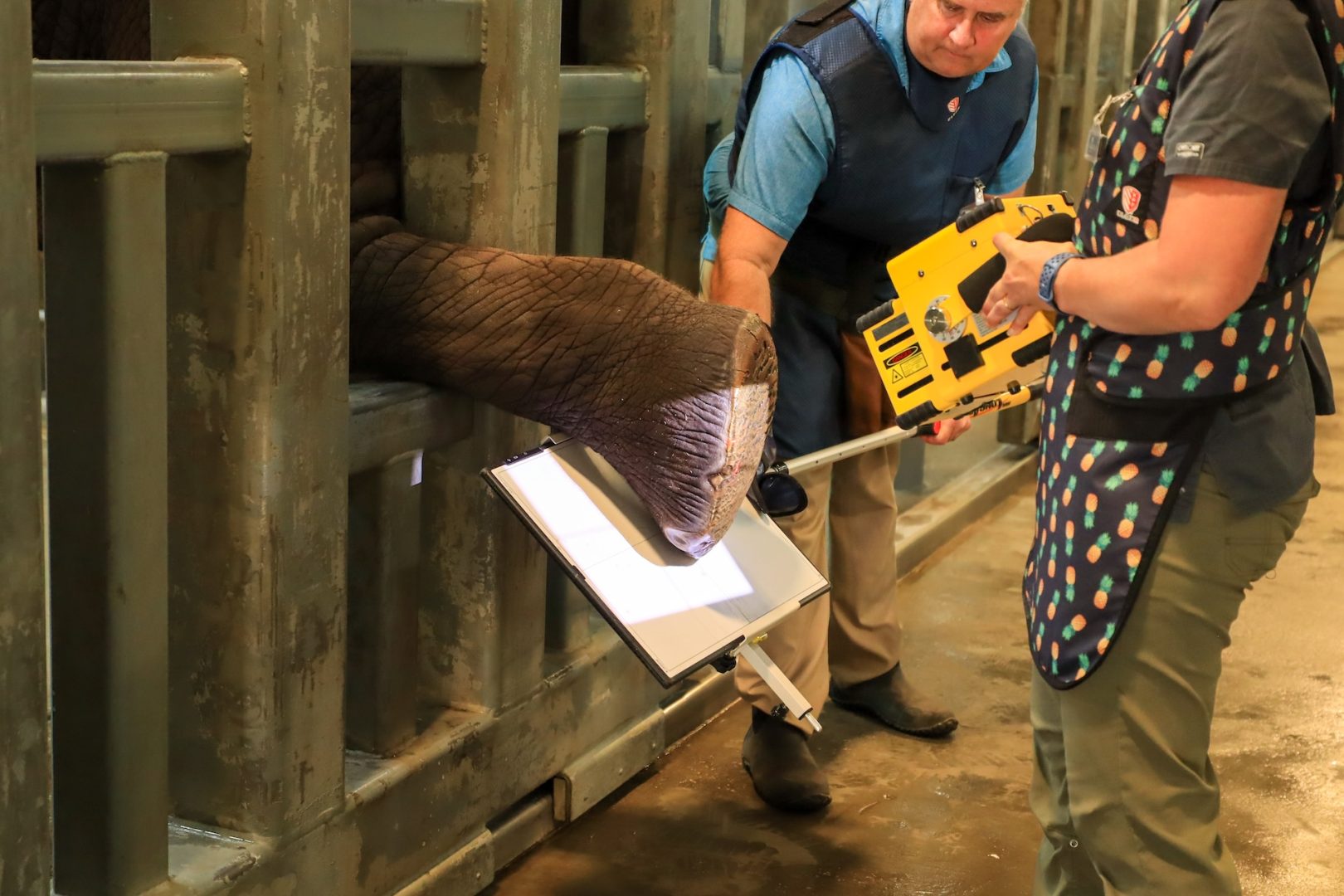
Building Strong Relationships
One of the most remarkable aspects of this process is that the elephants voluntarily participate in their exams. Through trust and positive reinforcement, the elephants willingly step into radiograph stations and position their feet for X-rays. This cooperation highlights the strong bond between the animals and their keepers.

Keeper Insights
“Watching Stella calmly lift a foot or lean in just the right way for an X-ray is pretty amazing,” says Bridget, an elephant keeper at Disney’s Animal Kingdom. “It shows how much trust we’ve built over time and how much they understand what we’re asking. We’re partners in their care.”
Fascinating Facts About Elephant Feet
- Walking on Tiptoes: Elephants walk on their tiptoes, supported by a hidden cushion of fat that acts as a shock absorber.
- Toe Count: Each foot has five toes, but not all are visible. Front feet typically have five toenails, while back feet have four.
- Sensitive Soles: Their feet can detect vibrations from miles away, such as distant thunder or the footsteps of other elephants.
Veterinary Care at Disney’s Animal Kingdom
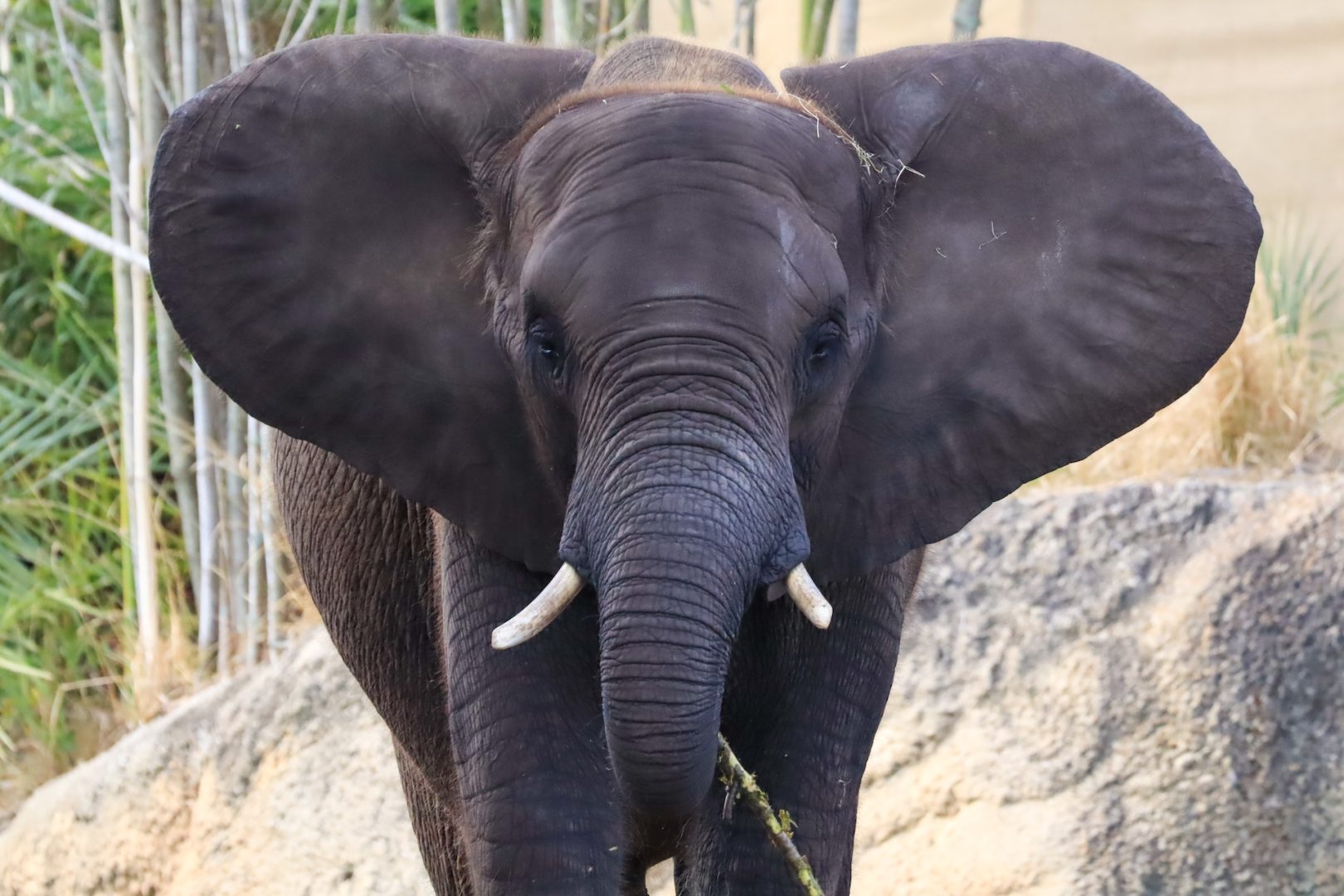
Advanced Facilities
While the elephant foot X-rays take place backstage, guests can observe other veterinary procedures at Rafiki’s Planet Watch. Disney’s on-site veterinary hospital is equipped with:
- X-ray, CT, and ultrasound machines.
- A surgical suite and full-service laboratory.
These tools are used for preventative care, diagnostics, and treatment, ensuring the health of over 5,000 animals across Walt Disney World.
A Holistic Approach
The veterinary team works closely with keepers to provide personalized care for each animal. This collaborative effort ensures that every detail, from nutrition to medical exams, is handled with precision and compassion.
Conclusion
The care provided to the elephants at Disney’s Animal Kingdom is a testament to the dedication of the park’s veterinary and animal care teams. From advanced X-rays to trust-based interactions, every step is taken to ensure these magnificent animals thrive.
Whether you’re visiting the park or learning from afar, it’s inspiring to see the science and heart behind Disney’s animal care practices.
